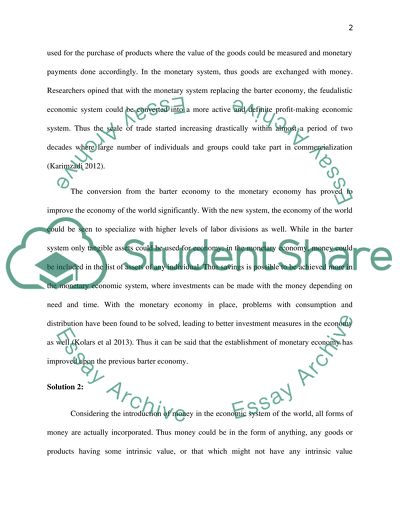Cite this document
(Money Banking and Financial Markets Assignment Example | Topics and Well Written Essays - 2000 words, n.d.)
Money Banking and Financial Markets Assignment Example | Topics and Well Written Essays - 2000 words. Retrieved from https://studentshare.org/macro-microeconomics/1483055-questions
Money Banking and Financial Markets Assignment Example | Topics and Well Written Essays - 2000 words. Retrieved from https://studentshare.org/macro-microeconomics/1483055-questions
(Money Banking and Financial Markets Assignment Example | Topics and Well Written Essays - 2000 Words)
Money Banking and Financial Markets Assignment Example | Topics and Well Written Essays - 2000 Words. https://studentshare.org/macro-microeconomics/1483055-questions.
Money Banking and Financial Markets Assignment Example | Topics and Well Written Essays - 2000 Words. https://studentshare.org/macro-microeconomics/1483055-questions.
“Money Banking and Financial Markets Assignment Example | Topics and Well Written Essays - 2000 Words”, n.d. https://studentshare.org/macro-microeconomics/1483055-questions.


